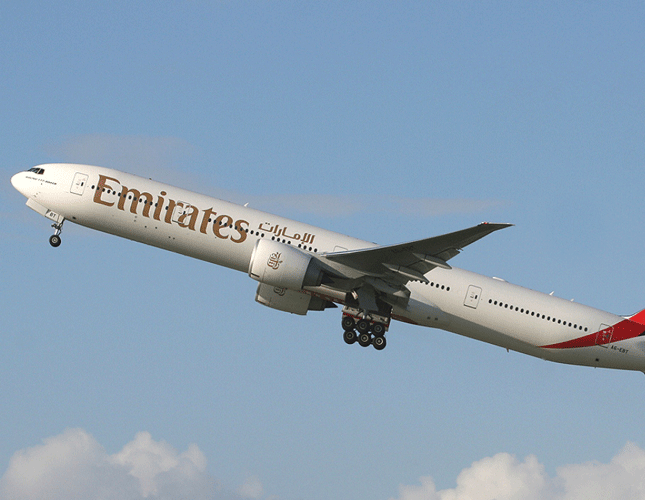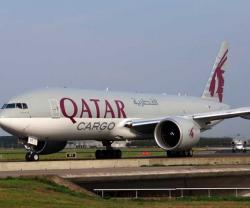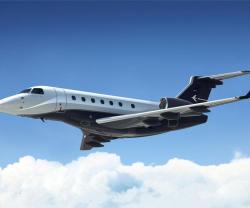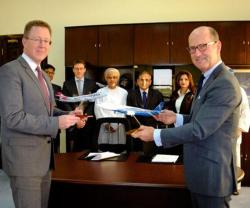The global airline industry is expected to make a net profit in 2017 of $29.8 billion, representing a 4.1% net profit margin and total revenues of $736 billion, said the International Air Transport Association (IATA).
This will be the third consecutive year (and the third year in the industry’s history) in which airlines will make a return on invested capital (7.9%) which is above the weighted average cost of capital (6.9%).
IATA revised slightly downward its outlook for 2016 airline industry profitability to $35.6 billion (from the June projection of $39.4 billion) owing to slower global GDP growth and rising costs. This will still be the highest absolute profit generated by the airline industry and the highest net profit margin (5.1%).
“Airlines continue to deliver strong results. This year we expect a record net profit of $35.6 billion. Even though conditions in 2017 will be more difficult with rising oil prices, we see the industry earning $29.8 billion. That’s a very soft landing and safely in profitable territory,” said Alexandre de Juniac, IATA’s Director General and CEO.
While airline industry profits are expected to have reached a cyclical peak in 2016 of $35.6 billion, a soft landing in profitable territory is expected in 2017 with a net profit of $29.8 billion. 2017 is expected to be the eighth year in a row of aggregate airline profitability, illustrating the resilience to shocks that have been built into the industry structure. On average, airlines will retain $7.54 for every passenger carried.
Expected higher oil prices will have the biggest impact on the outlook for 2017. In 2016 oil prices averaged $44.6/barrel (Brent) and this is forecast to increase to $55.0 in 2017. This will push jet fuel prices from $52.1/barrel (2016) to $64.9/barrel (2017). Fuel is expected to account for 18.7% of the industry’s cost structure in 2017, which is significantly below the recent peak of 33.2% in 2012-2013.
The demand stimulus from lower oil prices will taper off in 2017, slowing traffic growth to 5.1% (from 5.9% in 2016). Industry capacity expansion is also expected to slow to 5.6% (down from 6.2% in 2016). Capacity growth will still outstrip the increase in demand, thus lowering the global passenger load factor to 79.8% (from 80.2% in 2016).
The negative impact of a lower load factor is expected to be offset somewhat by a strengthening of global economic growth. World GDP is projected to expand by 2.5% in 2017 (up from 2.2% in 2016). Along with structural changes in the industry, this is expected to help stabilize yields for both the cargo and passenger businesses. This is a welcome development as yields (calculated in dollar terms) have fallen each year since 2012.
There is some optimism over the prospects for the cargo business in 2017. The break in falling yields and a moderate uptick in demand (3.5%) will see cargo industry volumes reach a record high of 55.7 million tonnes (up from 53.9 million tonnes in 2016). Industry revenues are expected to rise slightly to $49.4 billion (still well below the $60 billion level of annual revenues experienced in 2010-2014). Trading conditions remain challenging.
Middle Eastern airlines are forecast to generate a net profit of $300 million for a net margin of 0.5% and an average profit per passenger of $1.56. This is below the $900 million profit expected in 2016.
Average yields for the region’s carriers are low but unit costs are even lower, partly driven by the strong capacity expansion, forecast at 10.1% this year, ahead of expected demand growth of 9.0%. Threats are emerging to the success story of the Gulf carriers, including increases in airport charges across the Gulf States and growing air traffic management delays.
Carriers in Africa are expected to deliver the weakest financial performance with a net loss of $800 million (broadly unchanged from 2016). For each passenger flown this amounts to an average loss of $9.97. Capacity in 2017 is expected to grow by 4.7%, ahead of 4.5% demand growth. The region’s weak performance is being driven by regional conflict and the impact of low commodity prices.






















